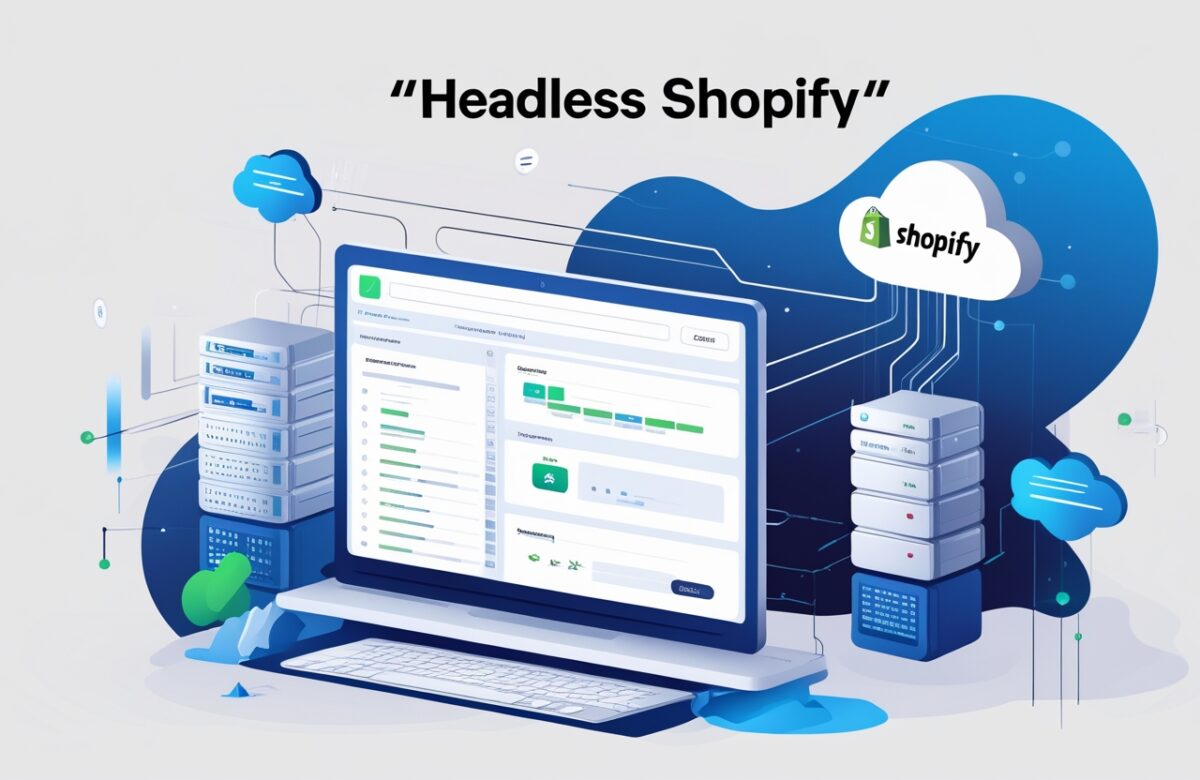The Complete Guide to Headless Shopify in 2025
The eCommerce landscape is evolving rapidly, and headless commerce has emerged as a powerful approach for brands looking to create unique, high-performance shopping experiences. In this comprehensive guide, we’ll explore everything you need to know about implementing headless architecture with Shopify in 2023.
Headless commerce separates the frontend presentation layer from the backend eCommerce functionality, allowing developers to use modern technologies like React, Vue, or Angular to create custom storefronts while leveraging Shopify’s robust backend services through APIs.
What is Headless Commerce?
Benefits of Headless Shopify
Popular Headless Shopify Frameworks
Implementation Considerations
Real-World Performance Gains
Challenges and Solutions
Conclusion
Headless Shopify represents a significant evolution in eCommerce development, offering unprecedented flexibility, performance, and customization options for brands looking to differentiate themselves in a competitive market.
While the approach requires more technical expertise and potentially higher initial investment compared to traditional Shopify development, the benefits in terms of site performance, conversion rates, and future scalability make it an attractive option for growing brands.
As the headless commerce ecosystem continues to mature, we’re seeing more tools, frameworks, and services that simplify implementation and reduce the technical barriers to entry. Whether you’re considering a full headless migration or a hybrid approach, understanding the landscape and planning carefully will set you up for success.


